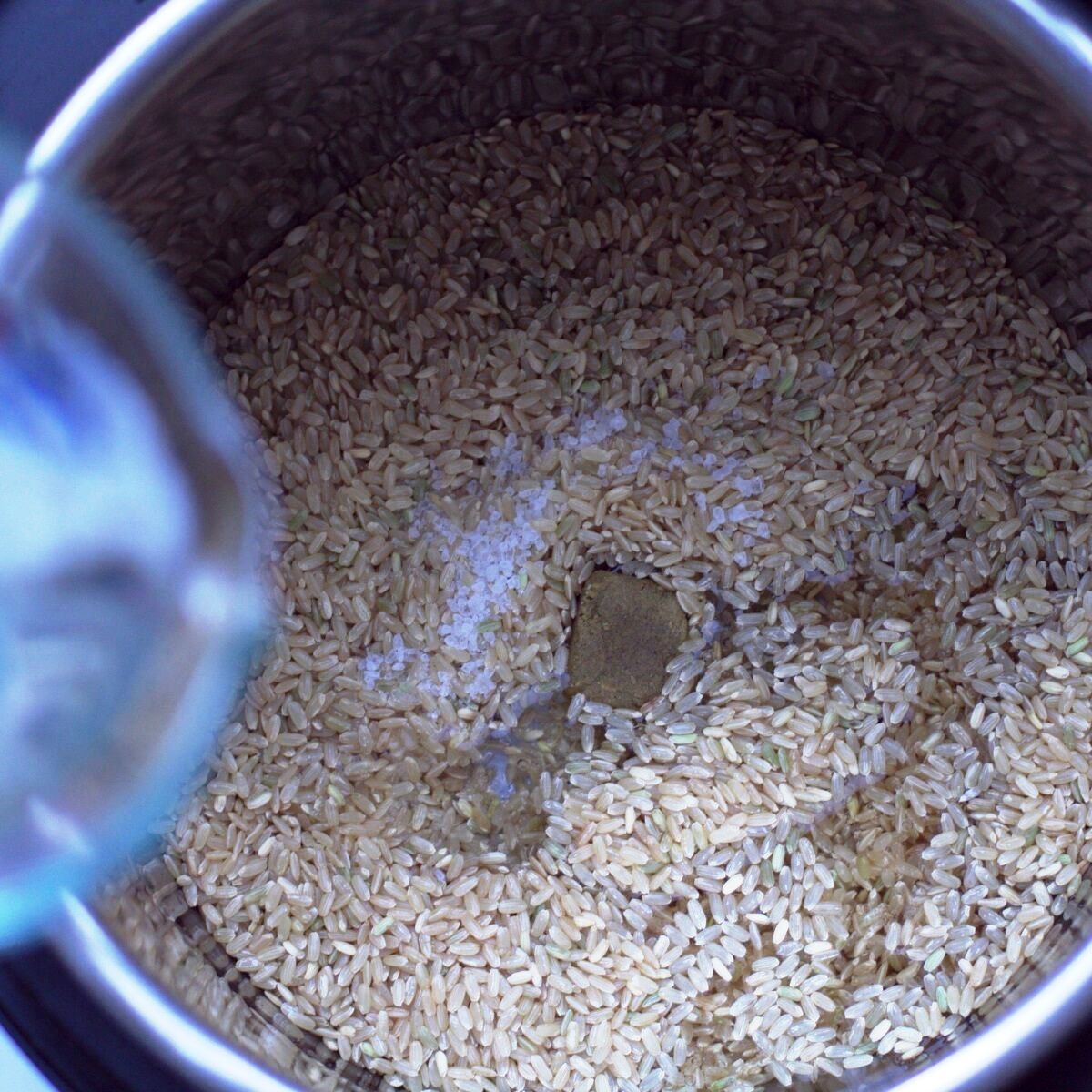
Pressure cookers have changed how we cook, providing quick and easy solutions for our busy lifestyles. But what happens if a pressure cooker runs out of water? This situation, though not common, can have serious consequences if not handled correctly.
Understanding the risks and how to prevent them is really important for anyone using these time-saving kitchen tools. Pressure cookers create a sealed environment where steam accumulates, thereby increasing the internal pressure and temperature.
This allows food to cook faster. However, this very mechanism can become potentially dangerous if not used right. When a pressure cooker runs out of water, it can quickly overheat. Read below for more.
Jump to:
- The Science Behind Pressure Cooking
- What Happens If a Pressure Cooker Runs Out of Water?
- Preventing a Pressure Cooker from Running Dry
- What to Do If Your Pressure Cooker Runs Out of Water
- Different Types of Pressure Cookers
- The Importance of Proper Maintenance
- Choosing the Right Pressure Cooker
- FAQ's
- Conclusion
The Science Behind Pressure Cooking
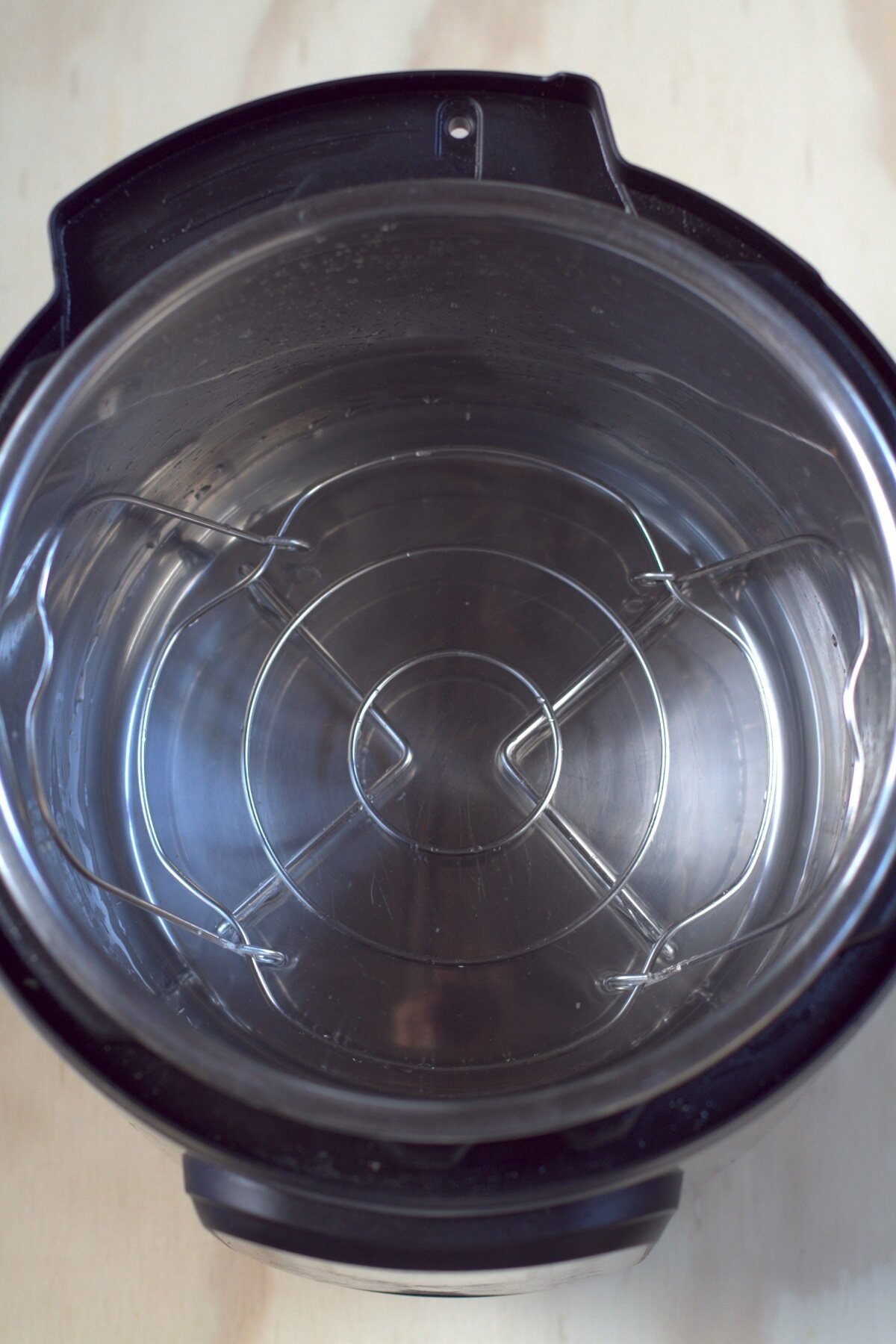
Before we go into what happens if a pressure cooker runs out of water, let me explain how these devices work. Pressure cookers operate on a simple principle: as the water boils inside the inner pot, it creates steam. In the sealed unit, the steam builds up pressure, raising the water's boiling point.
At sea level, water boils at 212°F (100°C). Inside a pressure cooker, the boiling point can reach up to 250°F (121°C). This higher temperature allows for faster cooking times than other cooking methods.
The key parts of a pressure cooker are:
- A sealed pot.
- A pressure cooker lid.
- A rubber gasket (also known as a sealing ring) for a proper seal.
- A pressure regulator or weight gauge.
- Safety features valves.
These components above work together to keep the high-pressure environment for pressure cooking. However, they need liquid to function safely.
What Happens If a Pressure Cooker Runs Out of Water?
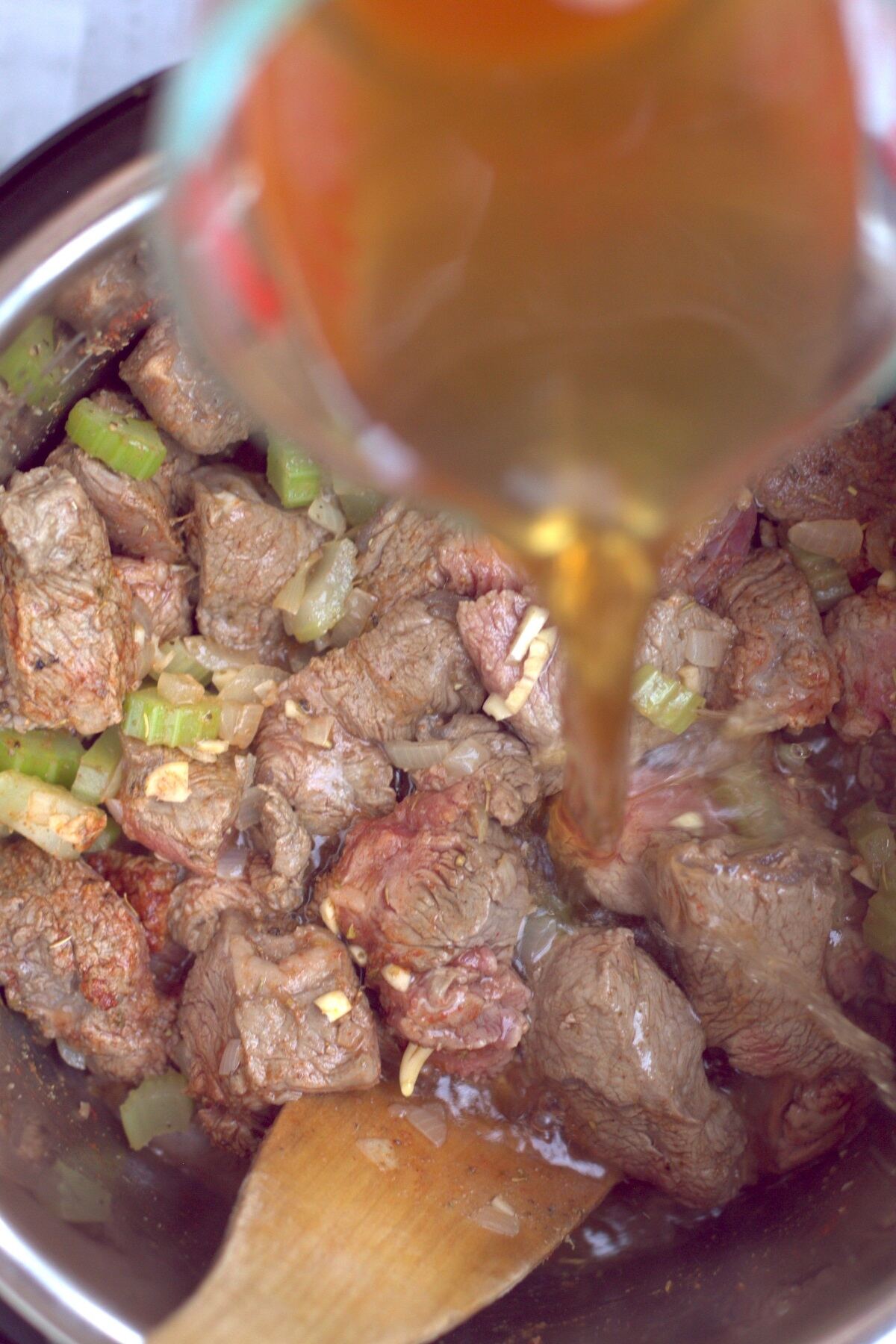
When a pressure cooker runs out of water, several concerning events can happen:
1. Overheating and Burnt Food
The most immediate effect is that your food will likely burn. Without water to create steam pressure and distribute heat, the pot's bottom can quickly overheat. This not only ruins your meal but can damage the cooker.
2. Warped or Damaged Cooker
Extreme heat can cause the metal to warp or become damaged. The bottom of the pot is in direct contact with the heat. A warped pressure cooker is no longer safe and needs replacing.
3. Melted Gasket
The rubber gasket creating the seal between the pot and cooker lid can melt under extreme heat. This not only makes the cooker unusable but can also release fumes.
4. Pressure Build-Up
If there's still a little water, it can turn to steam fast. This quick steam generation can cause a sudden and dangerous increase in pressure, leading to excess pressure.
5. Safety Valve Activation
Most modern pressure cookers have safety features designed to release excess pressure. If the cooker runs dry and overheats, these valves may activate, releasing a loud hiss of steam.
6. Potential Explosion
In the worst case, if safety mechanisms fail, a pressure cooker that runs out of water could explode. While this is extremely rare with modern pressure cookers, it shows the impact of not taking precaution. An electric pressure cooker like the Instant Pot typically has more safety measures than a stovetop pressure cooker.
It is important to keep a watch on the pressure to reduce the possibility of a pressure cooker explosion.
Preventing a Pressure Cooker from Running Dry
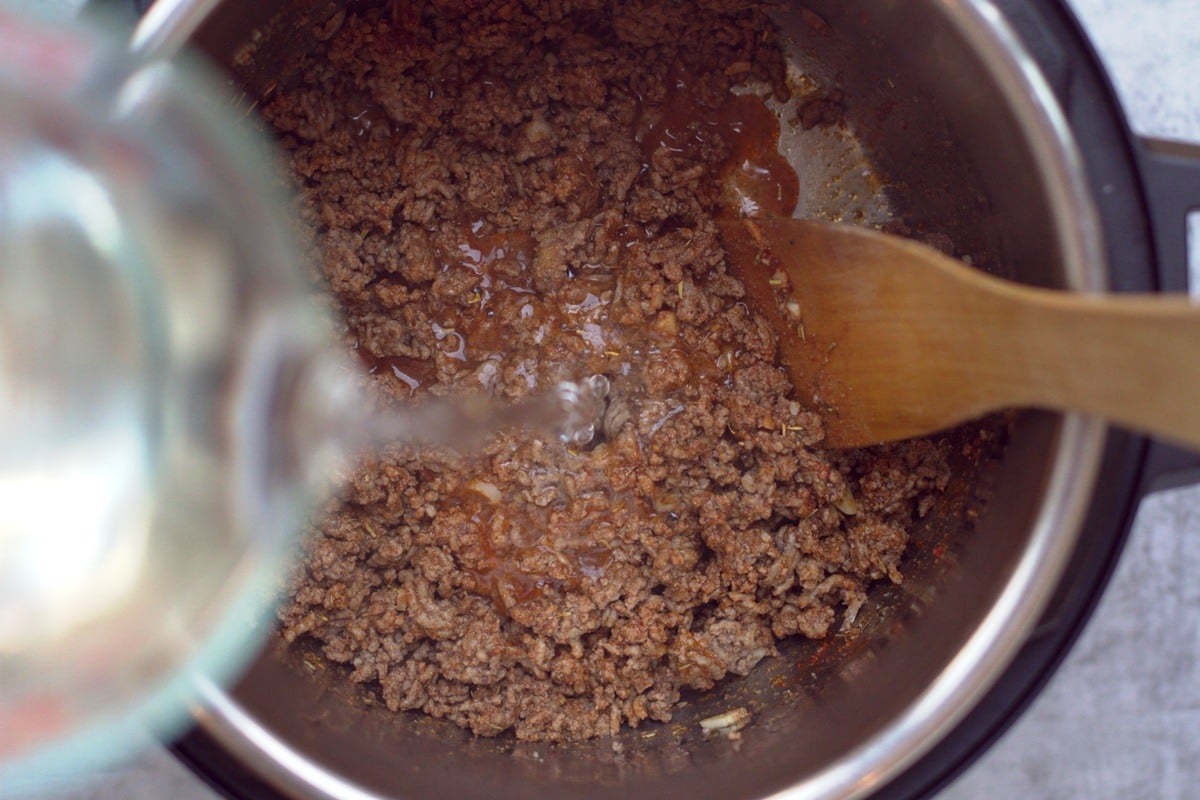
Fortunately, there are ways to prevent your pressure cooker from running out of water:
1. Always Add Enough Liquid
The main rule of pressure cooking is to always add water. Most recipes call for at least 1-2 cups, but check your cooker's manual for specifics.
2. Don't Overfill
Overfilling can also cause problems. Never fill more than two-thirds full, or half full for foods that expand, like rice or beans.
3. Use the Right Cooking Time
Follow recipe instructions carefully. Overcooking can lead to all the water evaporating, especially with longer cooking times.
4. Check the Seal
Make sure that the rubber gasket is clean and properly placed before each use. A poor seal can allow steam to escape, leading to a dry cooker.
5. Monitor the Cooker
While pressure cookers can be left unattended, you should stay nearby. Listen for any unusual sounds or smells coming from the pressure pot.
Also read: Why Is My Instant Pot Hissing?
6. Use a Timer
Set a timer per your recipe to avoid forgetting about it and letting it run dry. If you do not set a timer, the food inside of the pot may not cook properly and all of the water may evaporate.
What to Do If Your Pressure Cooker Runs Out of Water
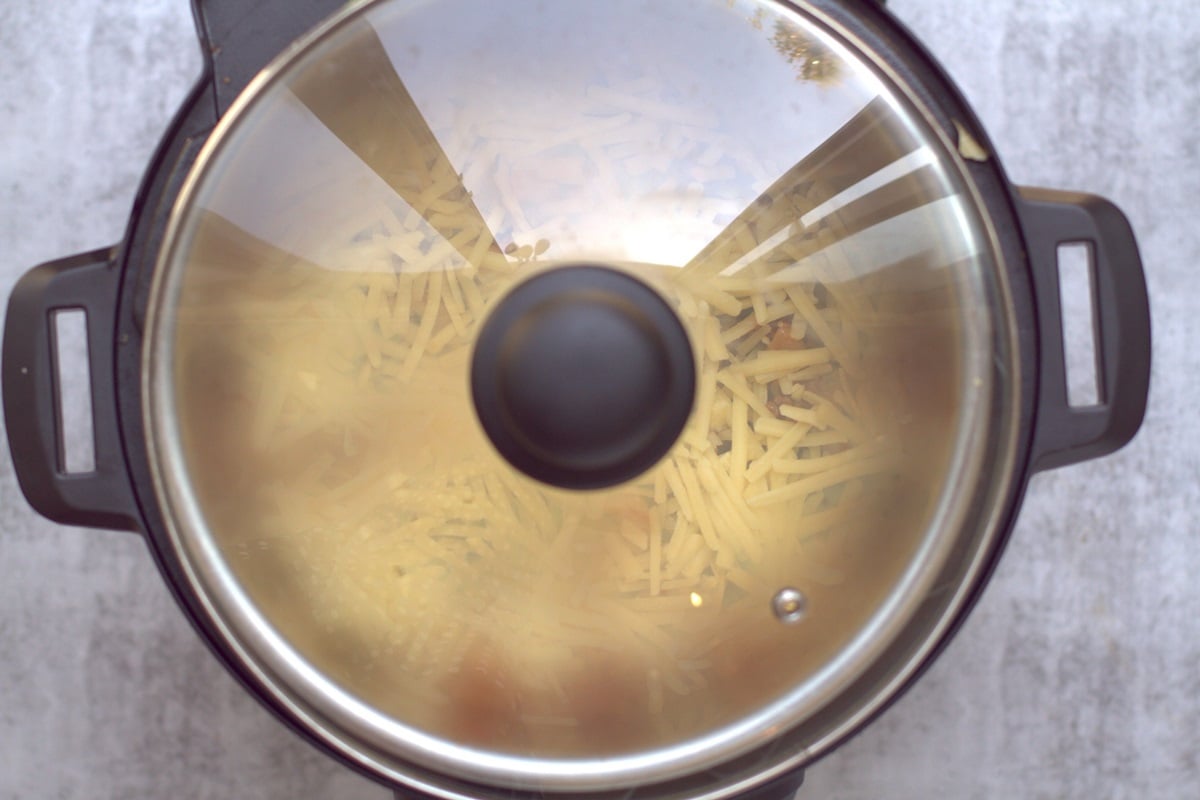
If you think your pressure cooker has run out of water, follow these steps:
- Turn off the heat right away.
- Don't try to open lid or release pressure manually.
- Let the cooker cool naturally, which can take 10-30 minutes. You may need to add running water on top of the lid.
- Once cooled, carefully open lid away from your face.
- Check the contents and cooker for damage.
If you see warping, melting, or other damage, replace the cooker. Safety is the top priority when using kitchen appliances.
Different Types of Pressure Cookers
There are primarily two types of pressure cookers that people use:
- Stovetop Pressure Cookers: These are the classic models that you place directly on your stovetop. They often reach higher pressures (measured in lbs pressure) more quickly than their electric counterparts. Stovetop pressure cookers are known for their durability and the ability to brown food more effectively before pressure cooking.
- Electric Pressure Cookers: The electric pressure cookers, often known as "Instant Pots", are standalone units with built-in heating elements. These cookers offer features like preset cooking programs, timers, and keep-warm functions. Many electric pressure cookers also have trusted safety mechanisms, such as sensors that detect if the pot is running low on water, and will automatically shut off to prevent accidents.
Also read: How To Use Instant Pot As Slow Cooker
The Importance of Proper Maintenance
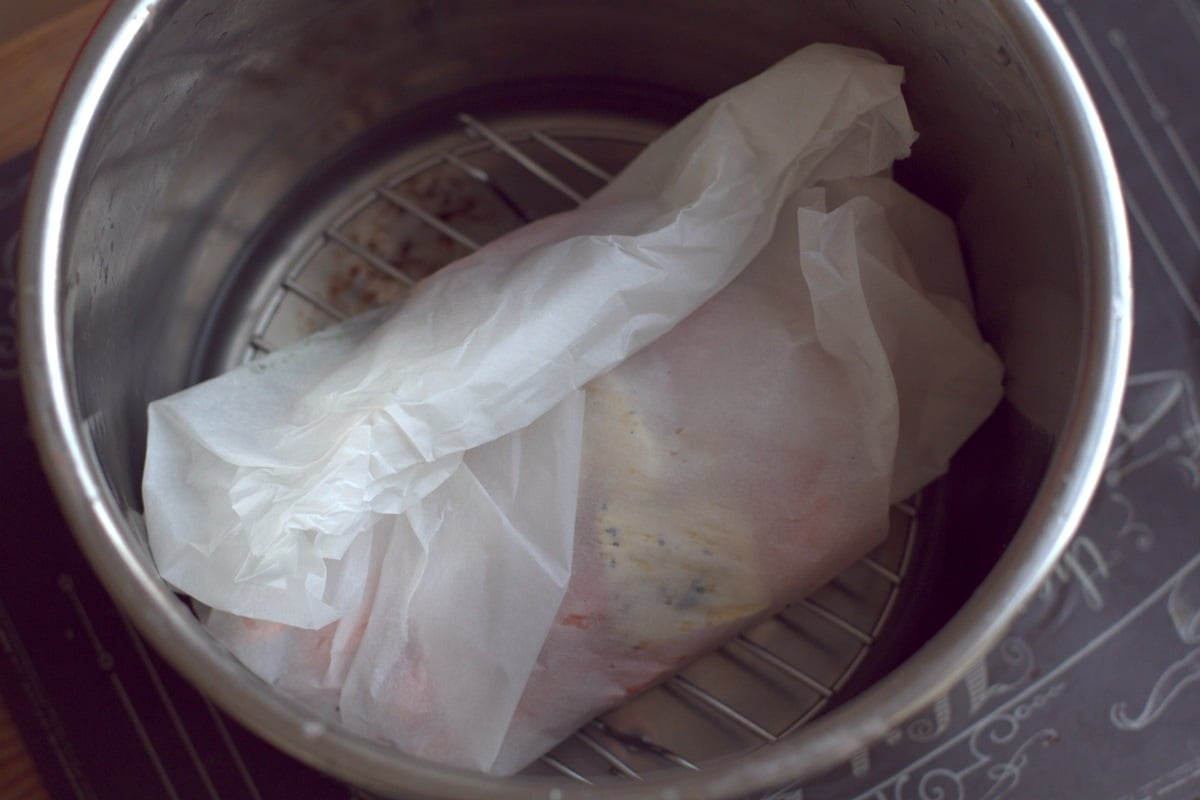
Regular maintenance of your pressure cooker prevents accidents and makes it last longer. Below are some key maintenance tips to follow:
- Clean thoroughly after each use.
- Inspect the gasket regularly. Replace it if it shows wear.
- Check safety valves, and that they are not blocked.
- Store with the lid off to avoid odors and extend gasket life.
Choosing the Right Pressure Cooker
When buying a pressure cooker, look for models with many safety features. Modern pressure cookers often have sensors to detect low water levels and auto shut-off.
Consider factors like:
- Size: Choose one that fits your cooking.
- Material: Stainless steel is durable and easy to clean.
- Safety features: Look for multiple safety valves and make sure it will automatically turn off if there is no more water left inside.
- Brand reputation: Choose well-known brands like Instant Pot.
FAQ's
If a pressure cooker runs out of water, it can overheat, causing food to burn and stick to the bottom. In extreme cases, it may damage the cooker or compromise the cooking process.
While modern safety features help prevent explosions, running out of water can lead to dangerously high heat and excessive pressure buildup, increasing the risk of failure.
Yes, the dial gauge may give inaccurate readings if the pressure canner overheats or loses water, which can impact safe pressure canning.
No, if a pressure canner runs dry, it may not reach the required pressure, meaning it won’t process food properly for safe storage.
Not necessarily. Without water, the temperature can remain dangerously high, leading to scorched food and potential damage before it begins to quickly drop after heat is turned off.
Yes, using a hot pot or an overheated burner can cause the water to evaporate too quickly, increasing the risk of the cooker running dry.
A pressure cooker operates at a specific pounds per square inch (PSI). If it runs dry, pressure can fluctuate unpredictably, leading to unsafe conditions.
Yes, prolonged overheating can leave the canner warped, damage seals, and compromise safety features, making the cooker unsafe to use.
Conclusion
By following the guidelines in this article, you can enjoy pressure cooking without worry. Always prioritize safety, follow instructions, and replace your cooker if you notice damage. With the right amount of care, your pressure cooker can create quick, delicious meals for years. Happy pressure cooking!


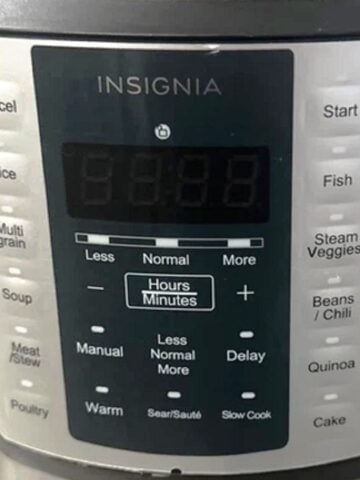
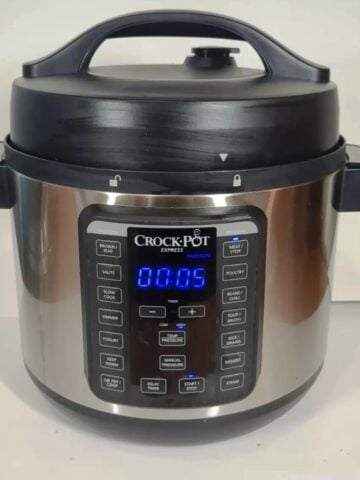

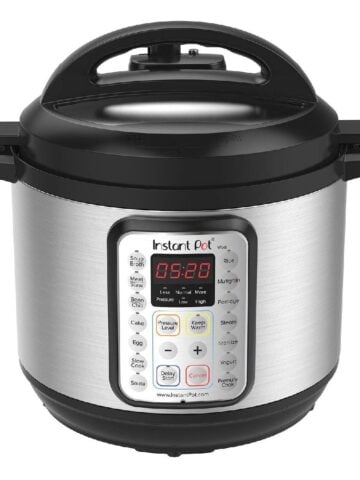
Leave a Reply